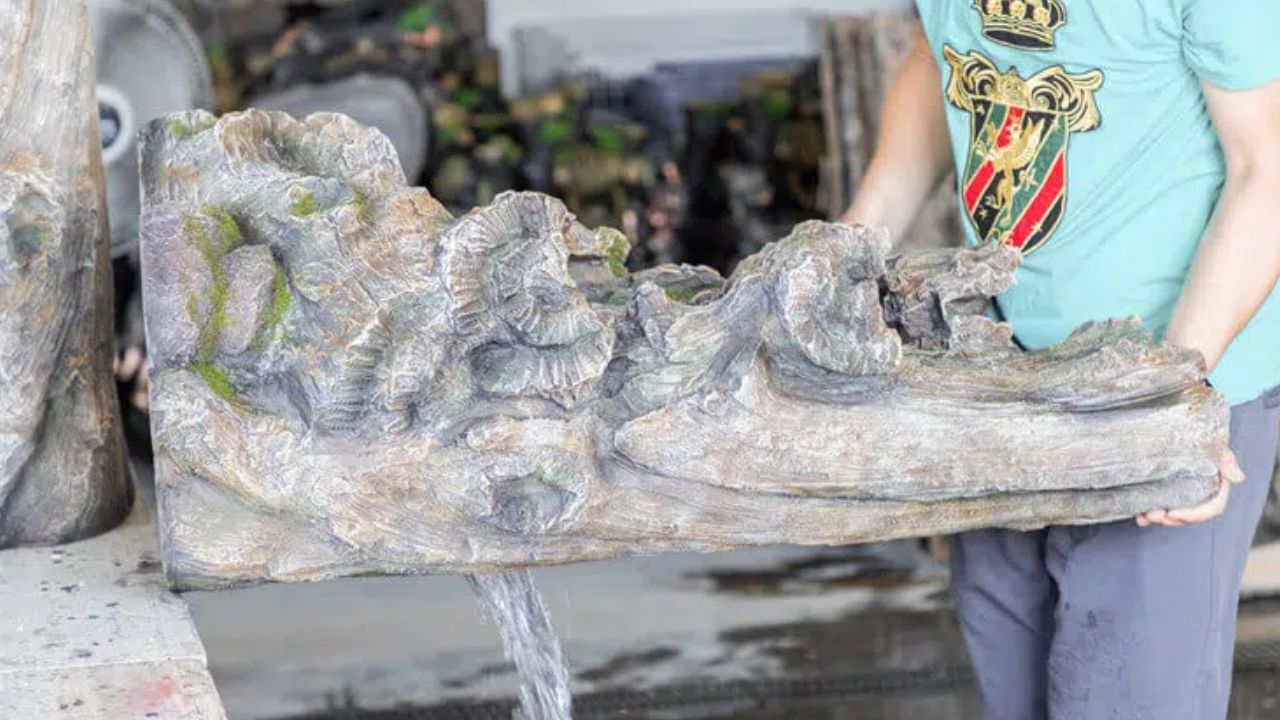When accepting the specifications of customers with unique sizes and shapes, Xiamen Co-Arts Limited has its own designer and labor force to complete the water fountain design and manufacturing. Co-Arts is capable of designing garden water fountains as well as tabletop fountains for both indoor and outdoor spaces.
Water fountains are fascinating additions that add elegance, aesthetic appeal, and a sense of tranquility to both indoor and outdoor areas. To ensure a successful water fountain installation that functions seamlessly and enhances its surroundings, several key requirements must be considered. You can find details about the Water Fountain Manufacturer from China and the need for the installation.
Basic Needs for Installing Water Fountain
Here are some essential requirements for a water fountain:
Water Supply and Circulation
The fundamental requirement for a water fountain is a reliable and sufficient water supply. The water source can be a dedicated water line or a self-contained reservoir within the fountain. Adequate water circulation is crucial for maintaining water quality, preventing stagnation, and ensuring a visually appealing display.
The pump, a critical component of the fountain, circulates water from the reservoir to the fountain's features, such as spouts or tiers, and back into the reservoir. Regular water maintenance, including cleaning and water treatment, is necessary to prevent algae growth and debris accumulation.
Proper Drainage System
Effective drainage is essential to manage excess water and prevent flooding or water damage to the fountain and its surroundings. To direct extra water away from the fountain base, a suitable drainage system needs to be included in the fountain's design.
This makes sure that any water buildup from rain or fountain use doesn't damage the fountain's structural integrity or pose a risk to people's safety. Properly constructed drainage systems prolong the fountain's life and preserve the surrounding area's beauty.
Suitable Location and Foundation
Selecting the right location for a water fountain is critical to its functionality and visual impact. The chosen site should provide a level surface with a stable foundation capable of supporting the weight of the fountain, water, and any additional features.
Whether placed indoors or outdoors, factors such as soil composition, ground stability, and proximity to electrical outlets (for the pump) must be considered. The foundation should be properly prepared to ensure the fountain remains level and secure, preventing tilting or settling over time.
Electrical Connections and Safety
Most water fountains require electrical power to operate the pump and, in some cases, lighting features. A reliable and safe electrical connection is crucial for the functioning of the fountain. Additionally, the electrical components of the fountain, including the pump and lighting, should be designed and installed in compliance with safety standards to prevent electrical hazards. Waterproof connections and properly grounded outlets are essential for the longevity and safety of the fountain.
Appropriate Materials and Construction
The durability and aesthetic appeal of the fountain are largely dependent on the materials used in its construction. Common materials include stone, concrete, metal, fiberglass, or resin, depending on the style and intended use. The materials chosen should be appropriate for the intended design, resilient to corrosion, and able to withstand outdoor conditions.
In addition to materials, the construction of the fountain must be of high quality, with proper sealing and waterproofing to prevent leaks. Regular maintenance, such as sealing or repainting, may be necessary to protect the fountain from the effects of weathering over time.
Conclusion
The successful installation and operation of a water fountain depend on careful consideration of various requirements. These include a reliable water supply and circulation system, effective drainage, a suitable location with a stable foundation, proper electrical connections and safety measures, and the use of appropriate materials in construction. By addressing these essential elements, you can ensure that your water fountain not only functions efficiently but also becomes a stunning and enduring feature that enhances the aesthetics of its surroundings.


